1. Naomi Campbell
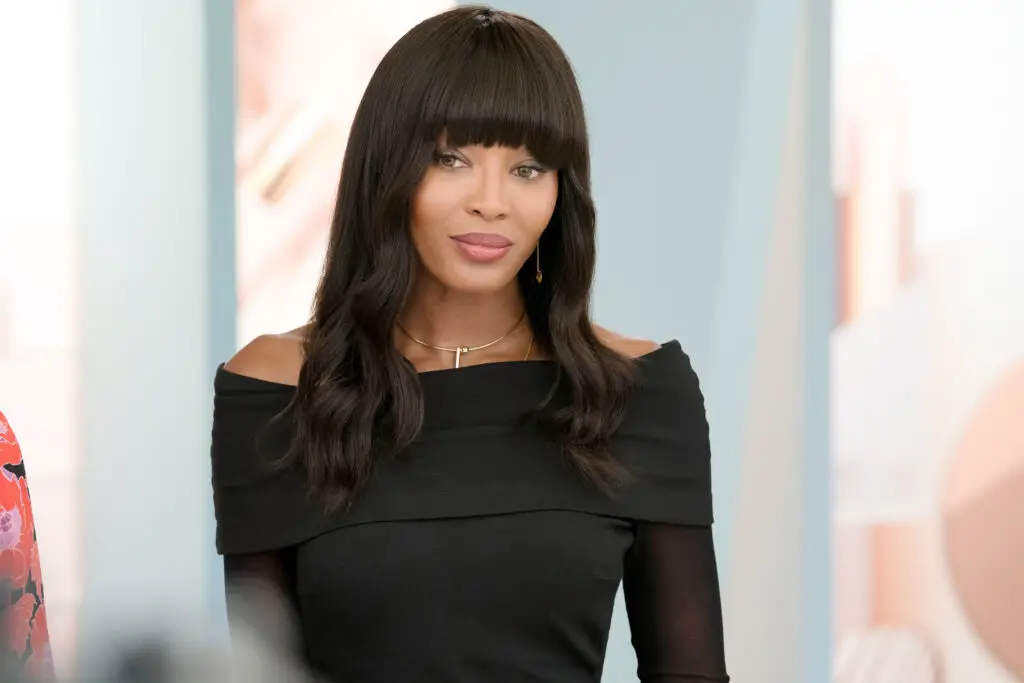
Naomi Campbell isn’t just a supermodel—she’s a force of nature. Discovered at just 15, she quickly became one of the most in-demand models of the ‘80s and ‘90s, breaking barriers for Black women in an industry that often refused to embrace diversity. By 1988, she became the first Black model to grace the cover of Vogue Paris, a milestone that should’ve happened decades earlier. Naomi wasn’t just walking the runway—she was owning it, with that signature strut that’s still unmatched explains Esquire. Designers like Gianni Versace and Azzedine Alaïa adored her, and she became a muse to the biggest names in fashion. Despite the glamour, she faced discrimination behind the scenes, often being paid less or excluded from opportunities. But Naomi never took no for an answer, demanding equal treatment and using her influence to push for more diversity.
Her career longevity is almost unheard of in fashion, proving that true superstars never fade. She’s graced over 500 magazine covers, starred in music videos with legends like Michael Jackson and George Michael, and even ventured into acting and philanthropy. Naomi helped open doors for countless models who came after her, mentoring young Black models and advocating for inclusion. She co-founded Fashion for Relief, a charity that’s raised millions for various causes. Yes, she’s had her share of controversies, but she’s also done the work to grow and give back. Even in her 50s, she’s still walking runways and landing major campaigns, reminding everyone why she’s the original queen of the catwalk. Naomi isn’t just a model—she’s a movement says PEOPLE.
2. Tyra Banks
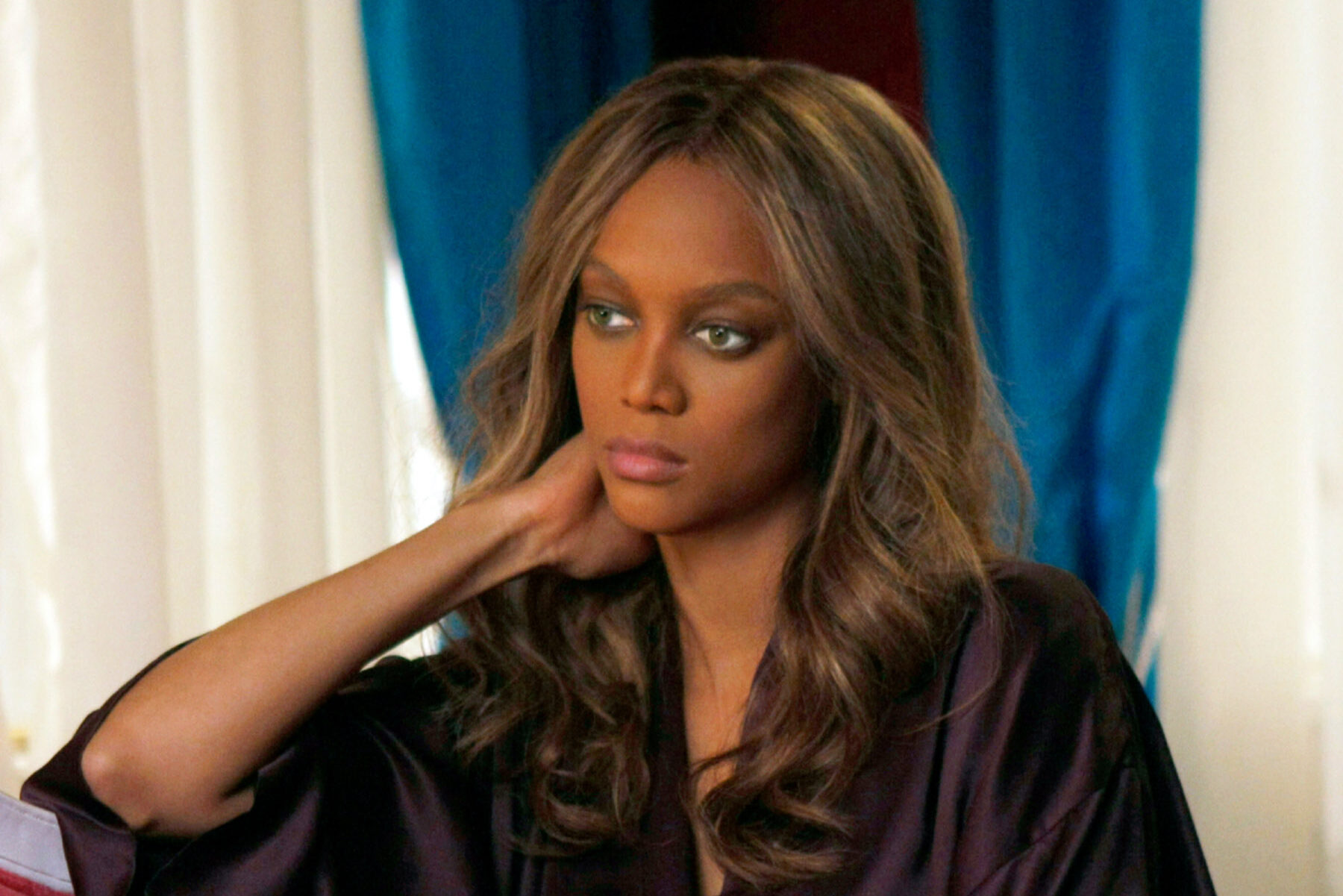
Tyra Banks didn’t just break barriers—she shattered them with a megawatt smile and business savvy that turned her into a household name. In the early ‘90s, she faced rejection after rejection from agencies who told her she didn’t have the right look. But once she landed a contract with Elite Model Management, her career skyrocketed. She became the first Black woman to land solo covers for GQ and the Sports Illustrated Swimsuit Issue, two magazines that had long favored a very specific (and mostly white) beauty ideal. Victoria’s Secret made her one of its first Black Angels, cementing her status as a bombshell. But what set Tyra apart was her ability to connect with people beyond the runway.
She wasn’t just a model—she was a brand, launching America’s Next Top Model, which ran for 24 cycles and gave aspiring models a shot at success adds Variety. She was also the first Black woman to host her own daytime talk show since Oprah, using her platform to empower women of all shapes, sizes, and backgrounds. Tyra pushed back against beauty standards that demanded thinness, proudly showing off her curves and calling out body shaming in the industry. She wrote books, launched businesses, and even returned to Sports Illustrated in her 40s to prove that beauty isn’t limited by age. Tyra always made it clear: modeling was just the beginning. She wanted to inspire, educate, and entertain, and she did it all on her own terms.
3. Iman
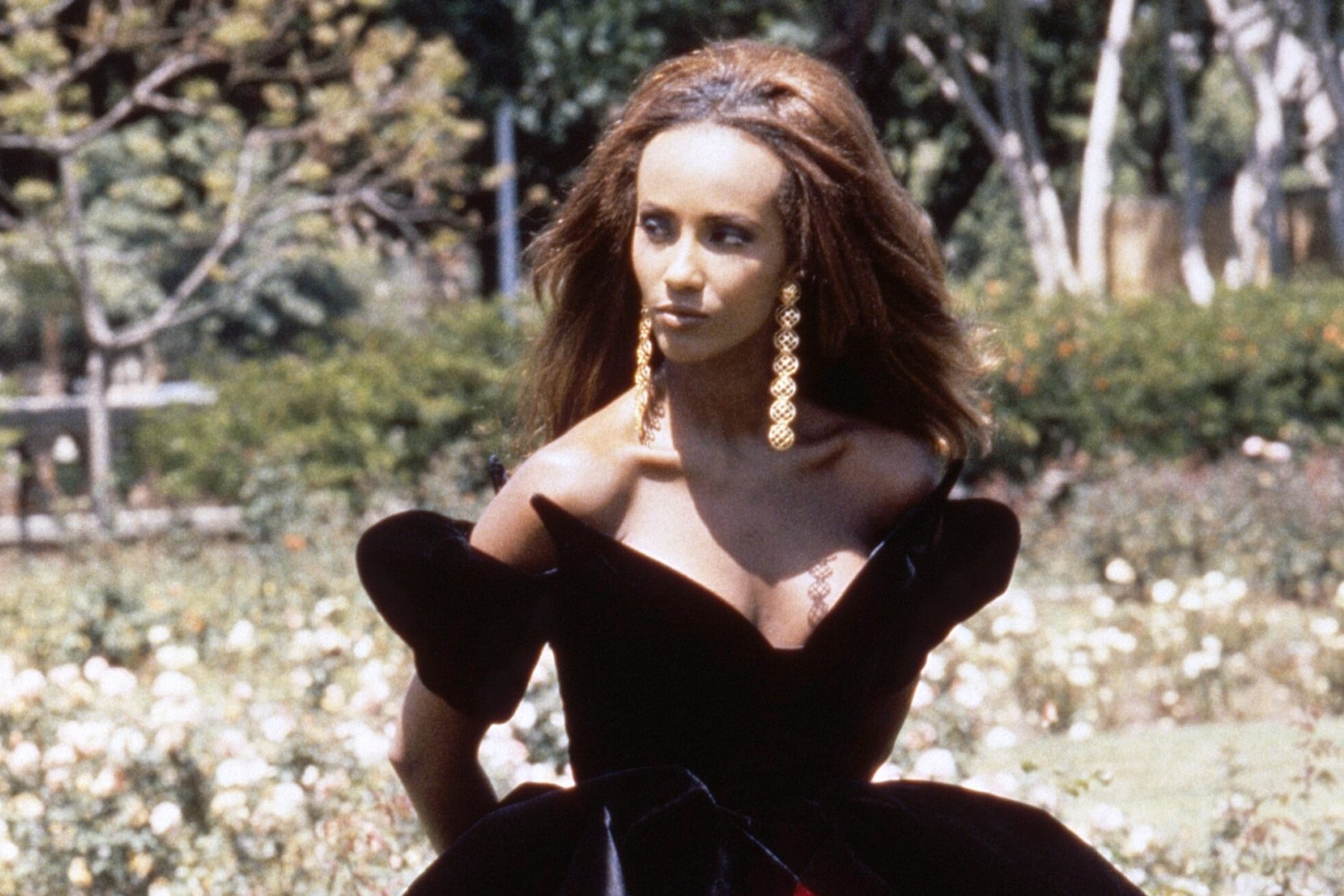
Before she became a fashion icon, Iman was a political science student in Kenya, with no plans to enter the modeling world. But when legendary photographer Peter Beard spotted her walking on a Nairobi street, her life changed overnight. She moved to New York in the ‘70s and quickly became one of the most sought-after models in the world. Designers like Yves Saint Laurent and Halston adored her striking features and regal presence. But even with her success, Iman faced constant discrimination—makeup artists often didn’t have foundation in her shade, forcing her to mix her own. Instead of accepting the industry’s limitations, she changed the game by launching Iman Cosmetics in 1994, one of the first brands to cater to women of color.
She became a business mogul, proving that models could be more than just pretty faces. Beyond fashion and beauty, Iman has always been about using her voice for something bigger. She’s been an outspoken advocate for Black models, calling out the industry for its lack of diversity long before it became a mainstream conversation. Her philanthropy work, particularly with children’s charities and refugee organizations, is just as impressive as her fashion career. Even in her 60s, she remains a symbol of timeless beauty and empowerment. She married David Bowie, proving that rock gods and supermodels are truly a match made in heaven says PEOPLE. But above all, Iman redefined what it meant to be a model—not just someone who wears clothes, but someone who leaves a lasting legacy.
4. Beverly Johnson
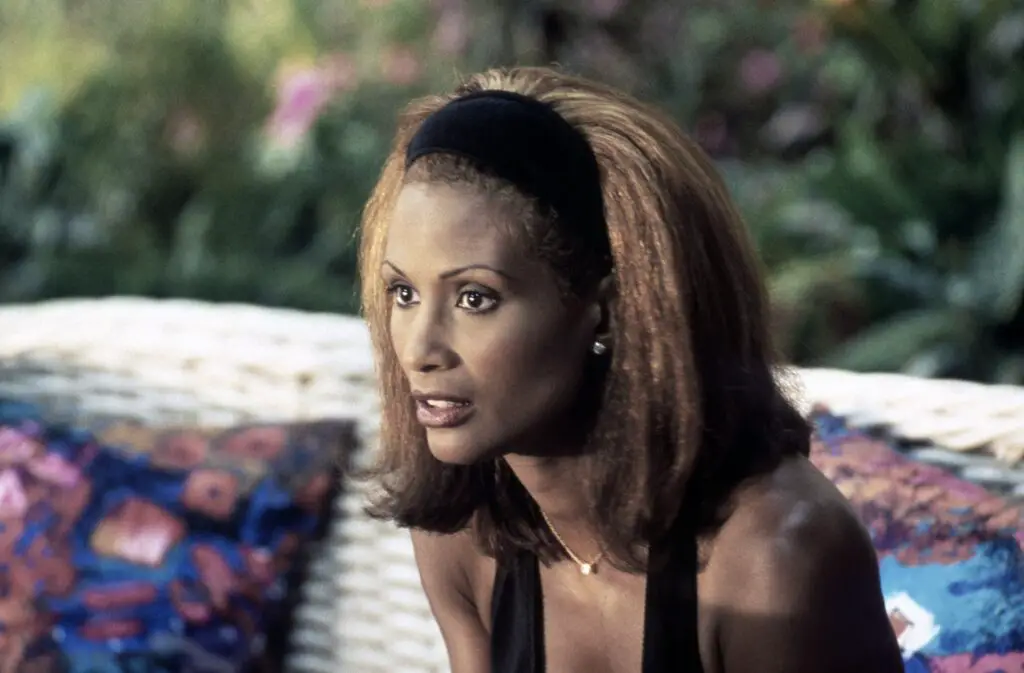
Beverly Johnson made history in 1974 when she became the first Black woman to appear on the cover of Vogue. It was a moment that should’ve happened long before, but her breakthrough shattered a major barrier in the fashion world. Before that, magazines had largely ignored Black beauty, reinforcing narrow ideals of who could be considered glamorous. Beverly’s cover changed everything, proving that Black women belonged in high fashion. She wasn’t just a one-time success—she went on to appear on over 500 magazine covers, becoming one of the most recognizable faces of the ‘70s and ‘80s. But her influence didn’t stop at modeling.
She used her platform to advocate for Black models, calling out racism in the industry and pushing for more inclusivity. She also dabbled in acting, business, and writing, proving that she wasn’t just a pretty face. Beverly was one of the first models to truly transition into entrepreneurship, paving the way for others like Tyra Banks and Iman. In recent years, she’s spoken out about important issues, including ageism and sexual assault in the industry. She even wrote a memoir, detailing her journey and the struggles she faced behind the glamorous facade. Beverly Johnson wasn’t just a supermodel—she was a pioneer who made it possible for future generations of Black models to shine.
5. Alek Wek
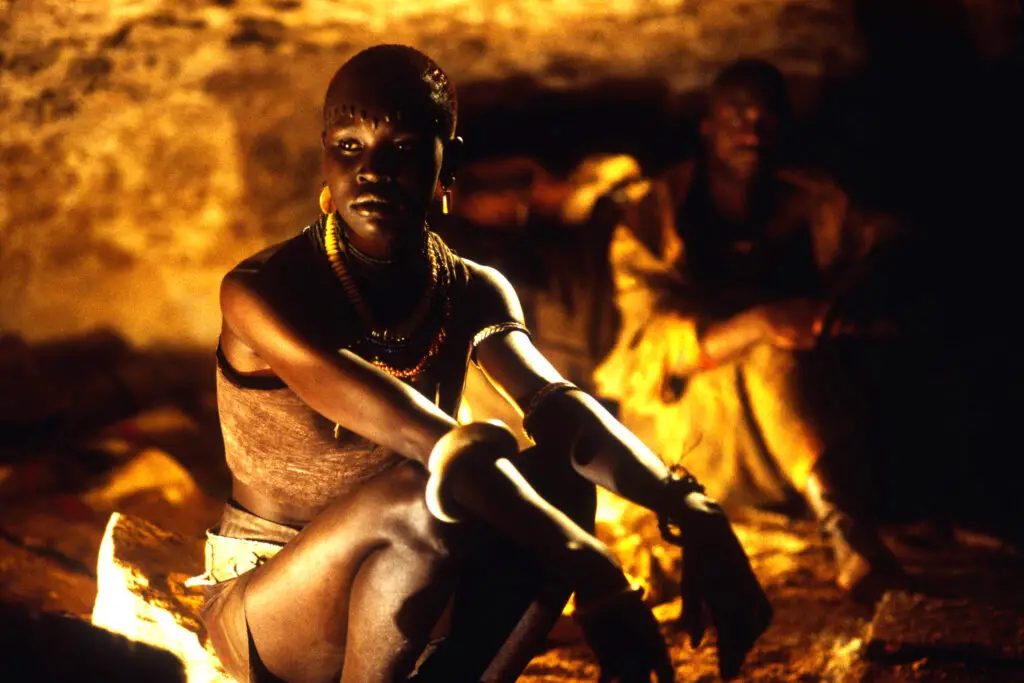
Alek Wek’s rise to fame was nothing short of revolutionary. Born in South Sudan, she fled the country’s civil war as a child and eventually settled in the UK. Her striking, unconventional beauty was unlike anything the fashion world had embraced before. When she burst onto the scene in the late ‘90s, she redefined what it meant to be beautiful, challenging Eurocentric beauty standards head-on. Her deep, rich skin tone, shaved head, and statuesque frame made her stand out in an industry that had long ignored women who looked like her. Designers like John Galliano and Alexander McQueen adored her, and she quickly became one of the most in-demand models of her era.
But Alek wasn’t just making a statement on the runway—she was changing perceptions worldwide. She became a symbol of pride for dark-skinned women who had rarely seen themselves represented in high fashion. Oprah Winfrey even credited her with helping countless Black girls see their beauty for the first time. Beyond modeling, Alek has dedicated her life to humanitarian work, advocating for refugees and using her platform to raise awareness about South Sudan. She’s proof that beauty isn’t just about appearance—it’s about resilience, confidence, and purpose. Alek Wek didn’t just walk the runway—she walked so others could follow.
6. Pat Cleveland
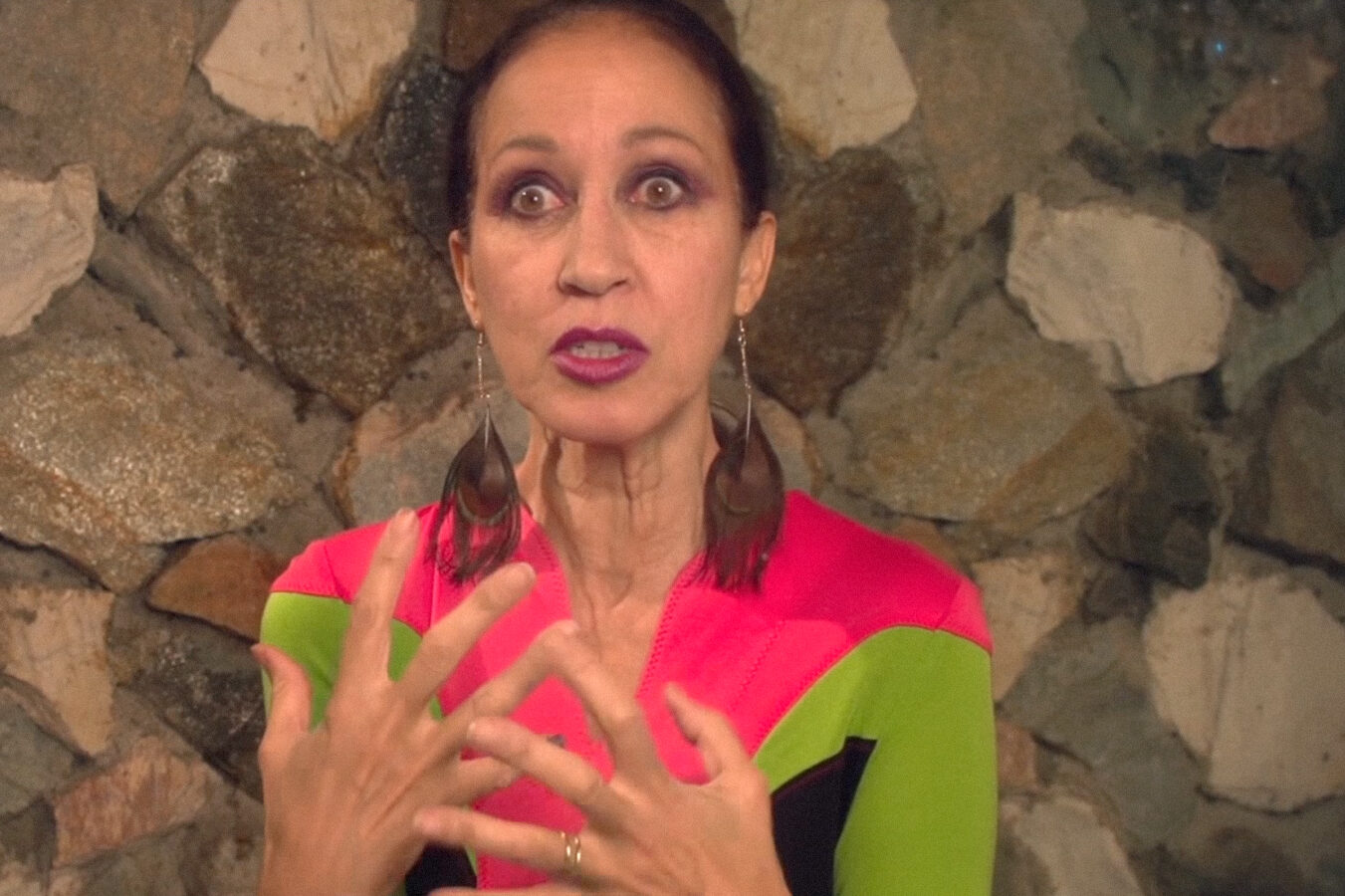
Pat Cleveland was one of the first Black supermodels, making waves in the ‘60s and ‘70s when diversity in fashion was nearly nonexistent. She started out at a time when Black models were rarely given opportunities, but her undeniable talent and charisma made her impossible to ignore. With her fluid, almost dance-like walk, she transformed the runway into a theatrical experience. She worked with legendary designers like Halston, Valentino, and Karl Lagerfeld, becoming a fixture in high fashion. But despite her success, racism in the industry was relentless. She eventually moved to Paris, where she found more acceptance and appreciation for her unique style.
Her career was about more than just breaking barriers—she brought artistry and personality to modeling in a way that hadn’t been seen before. Even today, younger models look up to her for inspiration. She later wrote a memoir, sharing her experiences of being a trailblazer in an often-unforgiving industry. Pat Cleveland wasn’t just a model—she was a performer, a storyteller, and a pioneer. Her influence can still be felt today, proving that true style and grace never go out of fashion.
